Between Real and Imaginary: Constantin Nitsche's Atmospheric Compositions
Nitsche's paintings feature sparse, impersonal interiors and inscrutable faces. His landscapes lack detail, allowing for open interpretation of their meaning.
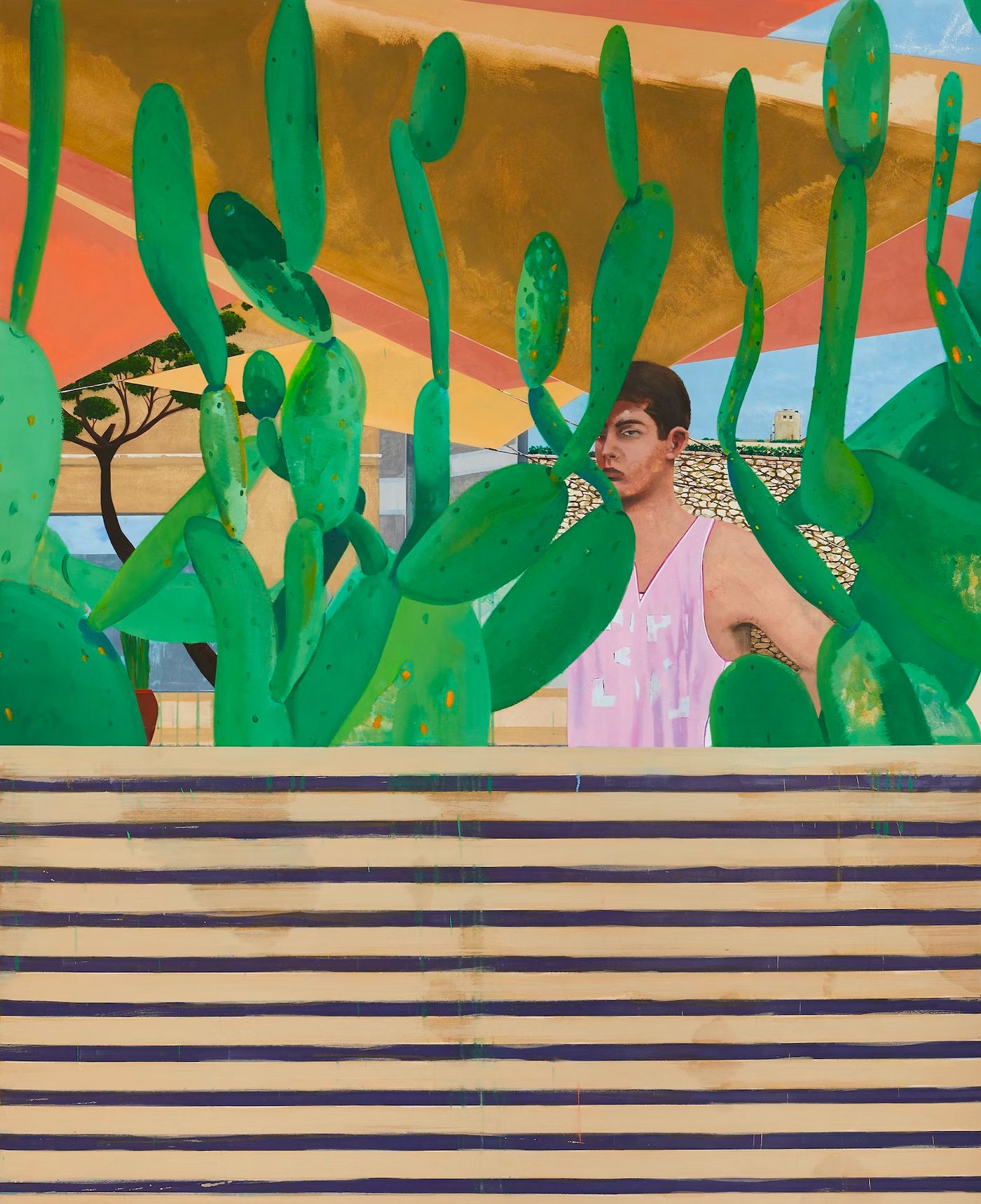
Inspired by his immediate surroundings, whether people, interiors, nature or social interactions, Constantin Nitsche (b. 1987, Ludwigshafen, Germany) creates atmospheric compositions that go beyond the literal.
He doesn't simply reproduce his environment, but filters it through memory and the act of painting, abstracting its essence into a unique visual narrative. This creative process gives rise to works that are both emotive and elusive, with minimal references to a specific place or time.
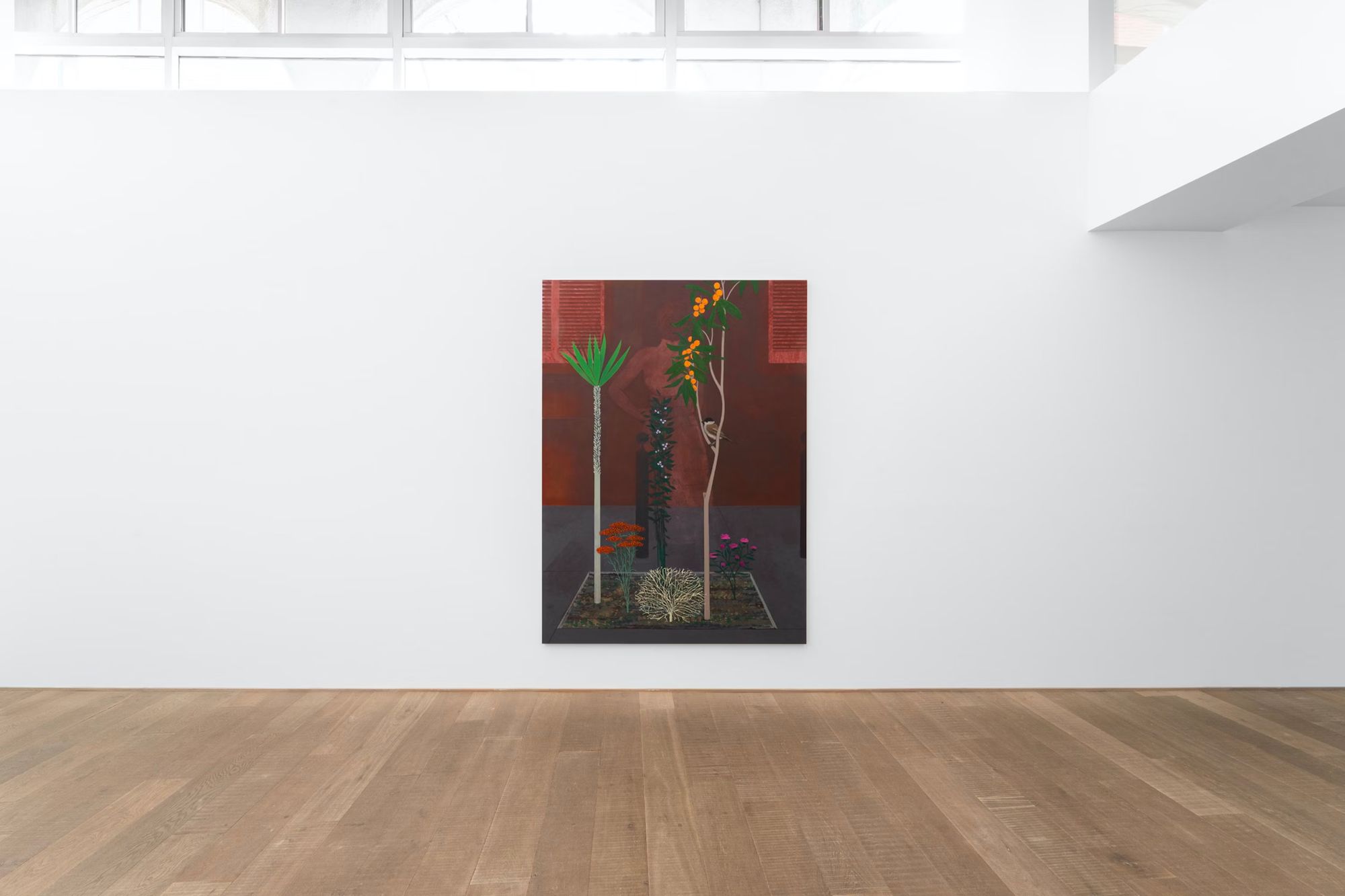
The interiors of Nitsche's paintings are sparse and impersonal, and the faces of his subjects inscrutable and impassive. His streets and landscapes are intentionally devoid of topographical detail. Rather than recreating recognizable scenes, Nitsche seeks to leave the meaning of his paintings open to interpretation.
Nitsche's artistic approach, based on memories, photographs or a mixture of both, contributes to an intensified and enhanced vision of reality. Interestingly, his figures, though not portraits strictly speaking, retain a certain degree of recognizability.
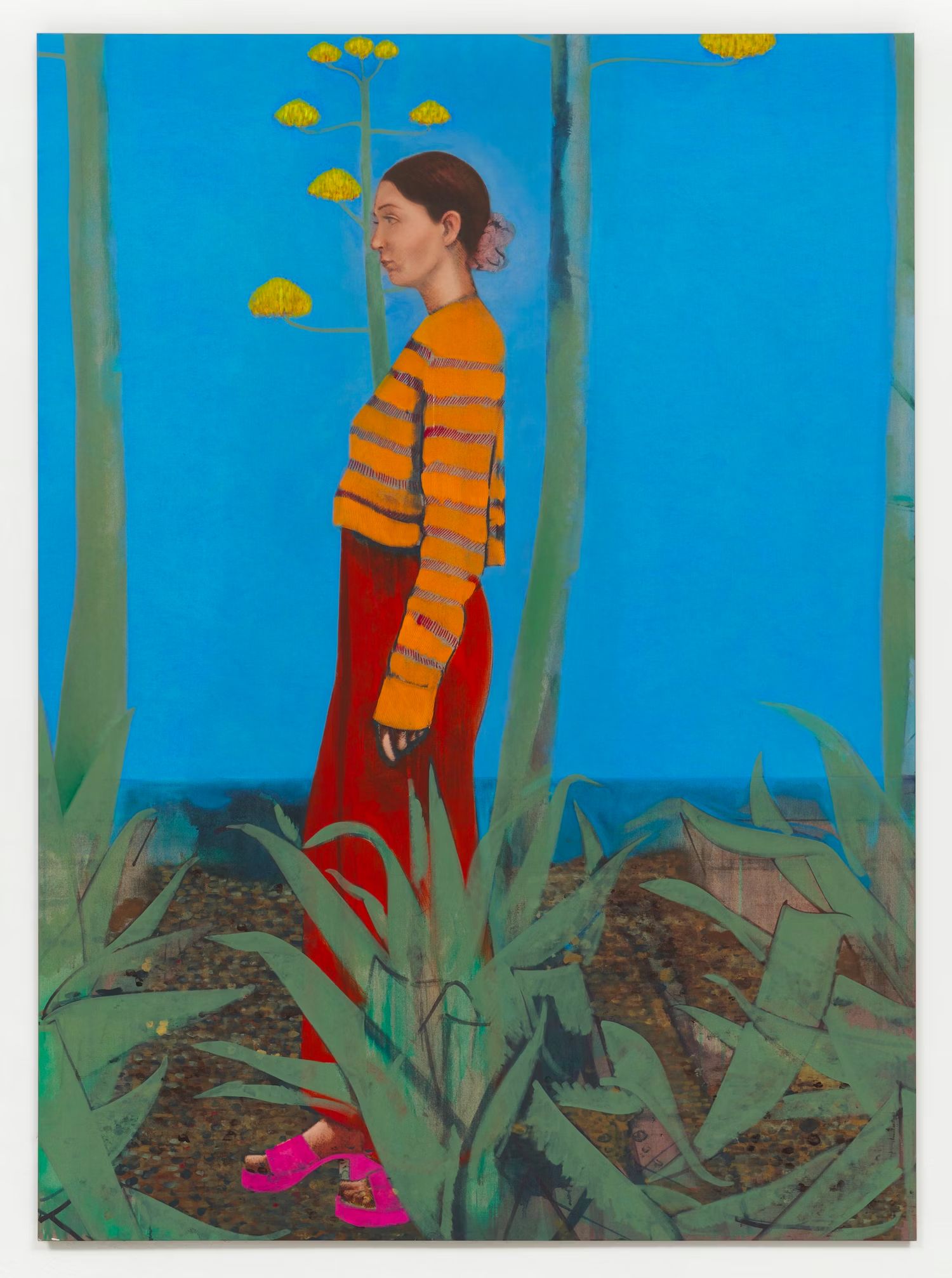
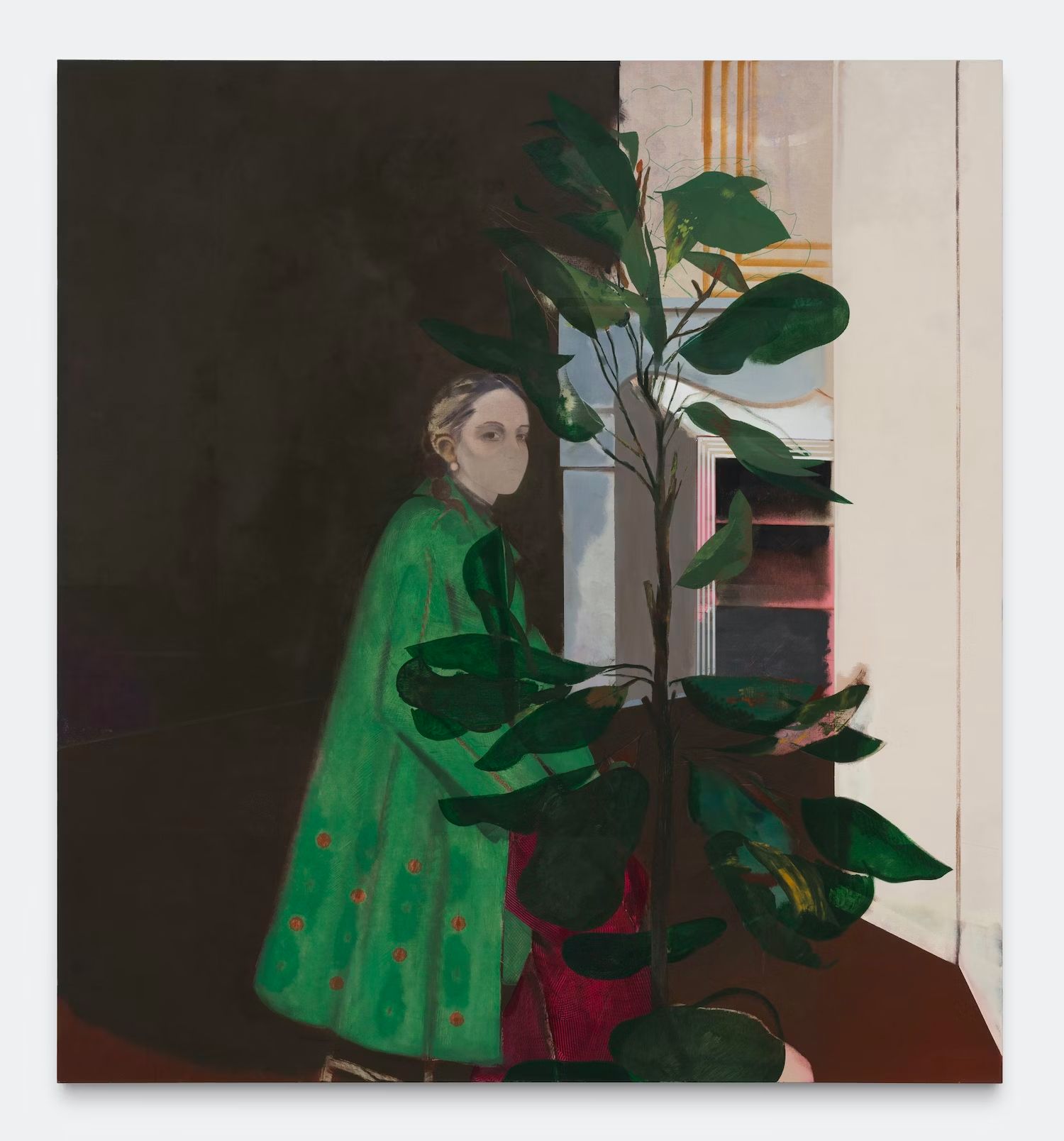
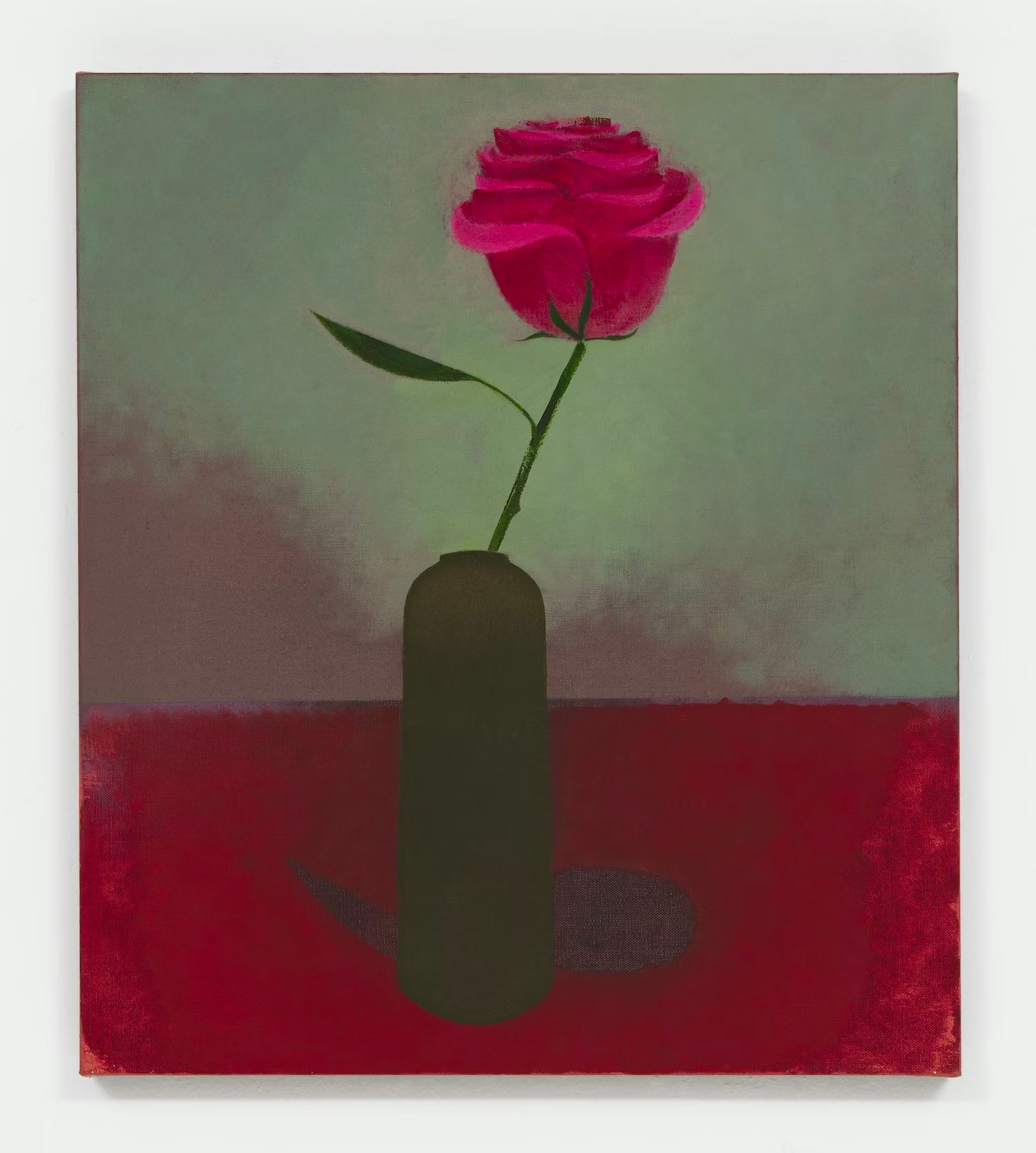
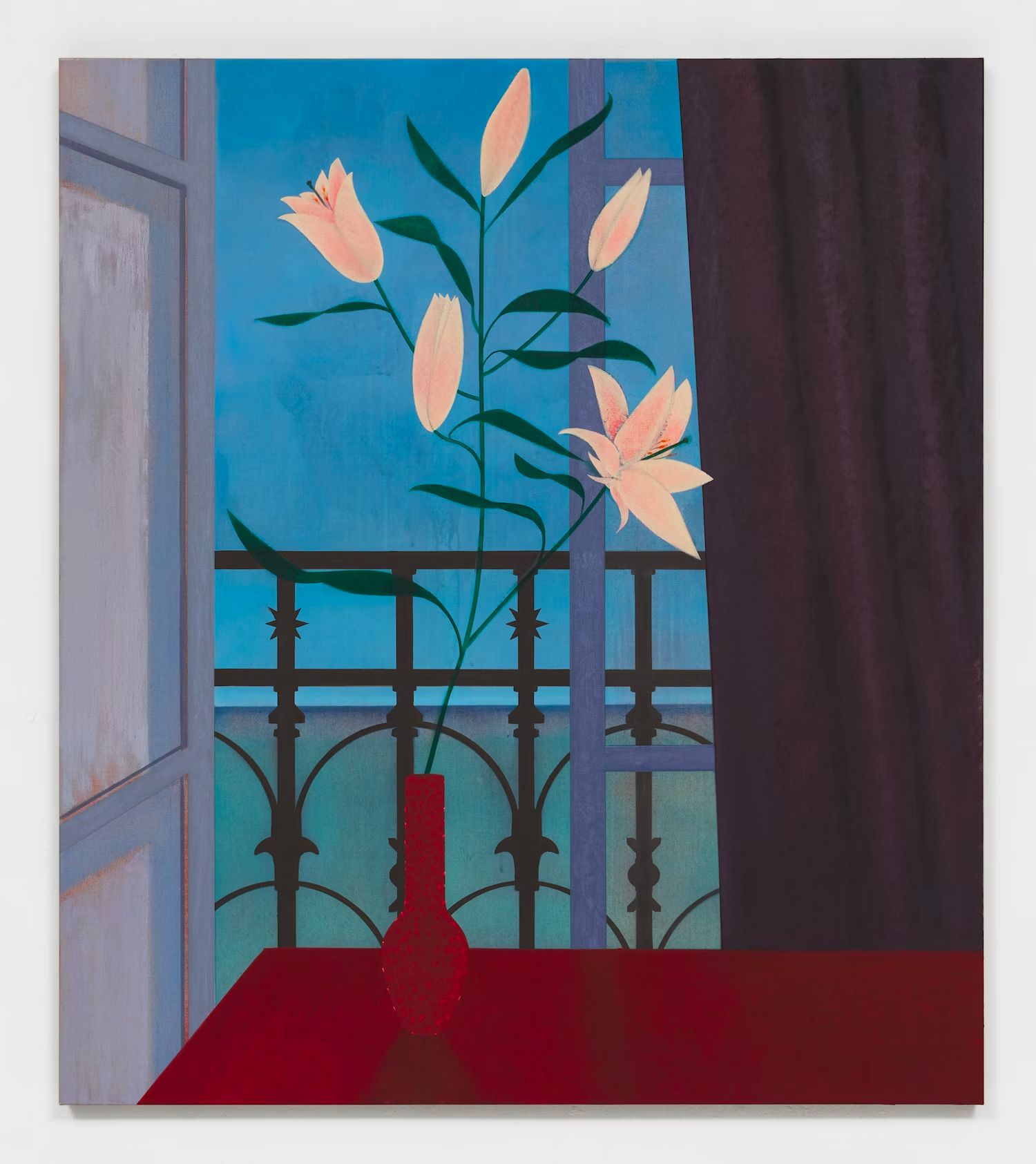
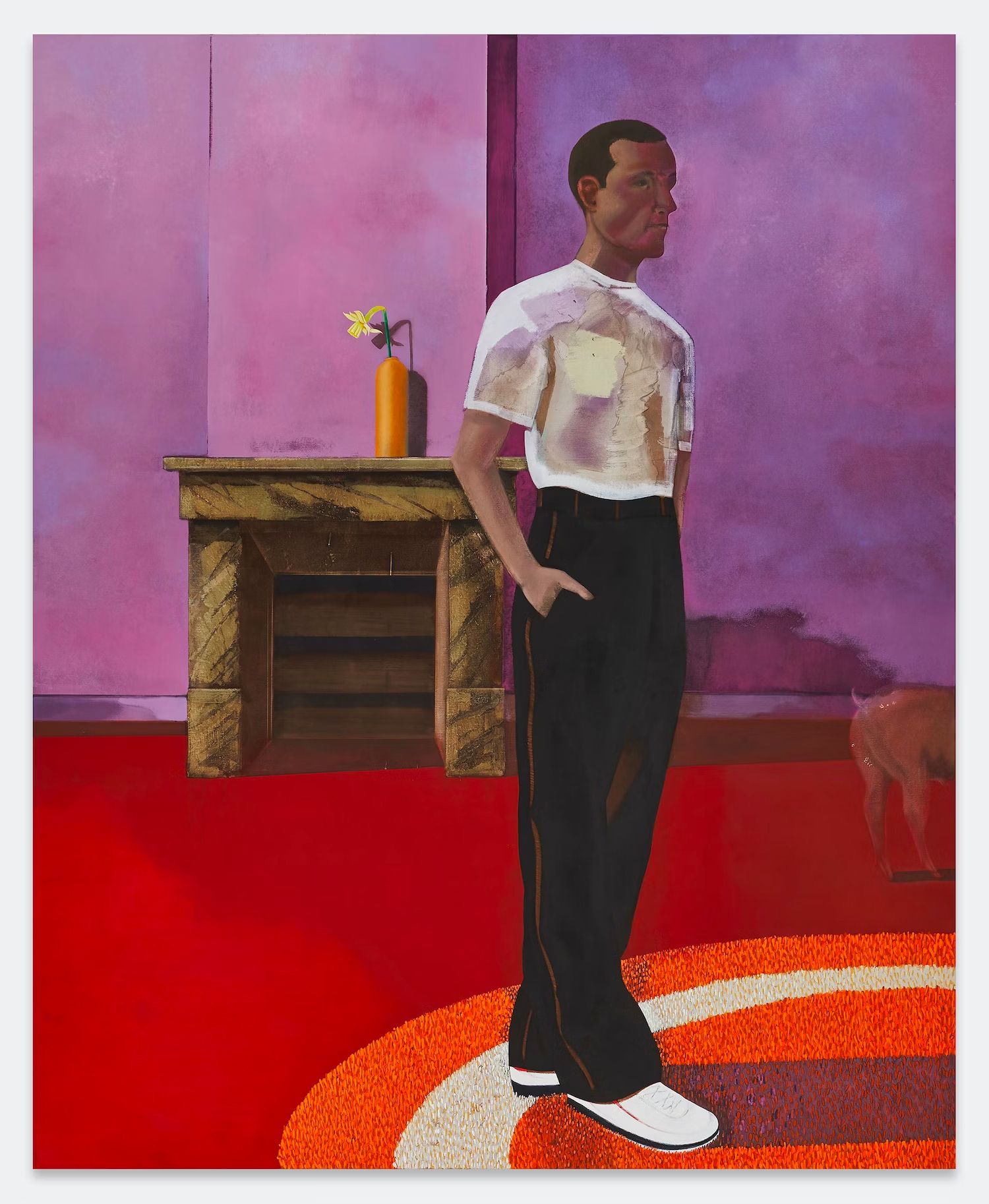
Certain characters reappear in different scenarios, creating a dialogue between the various paintings and giving the exhibition a dramaturgical dynamic. The viewer is led to imagine potential relationships between the characters, the scenes and the artist who captured them.
This technique of presenting plausible yet otherworldly scenes lends Nitsche's work a distinctly mysterious, cinematic quality. His depictions, from the unusually purple dirt of "Sylvabelle" to the window tangle of "La Journée", are meticulously detailed and carefully balanced, pushing the boundaries of sublimated reality.
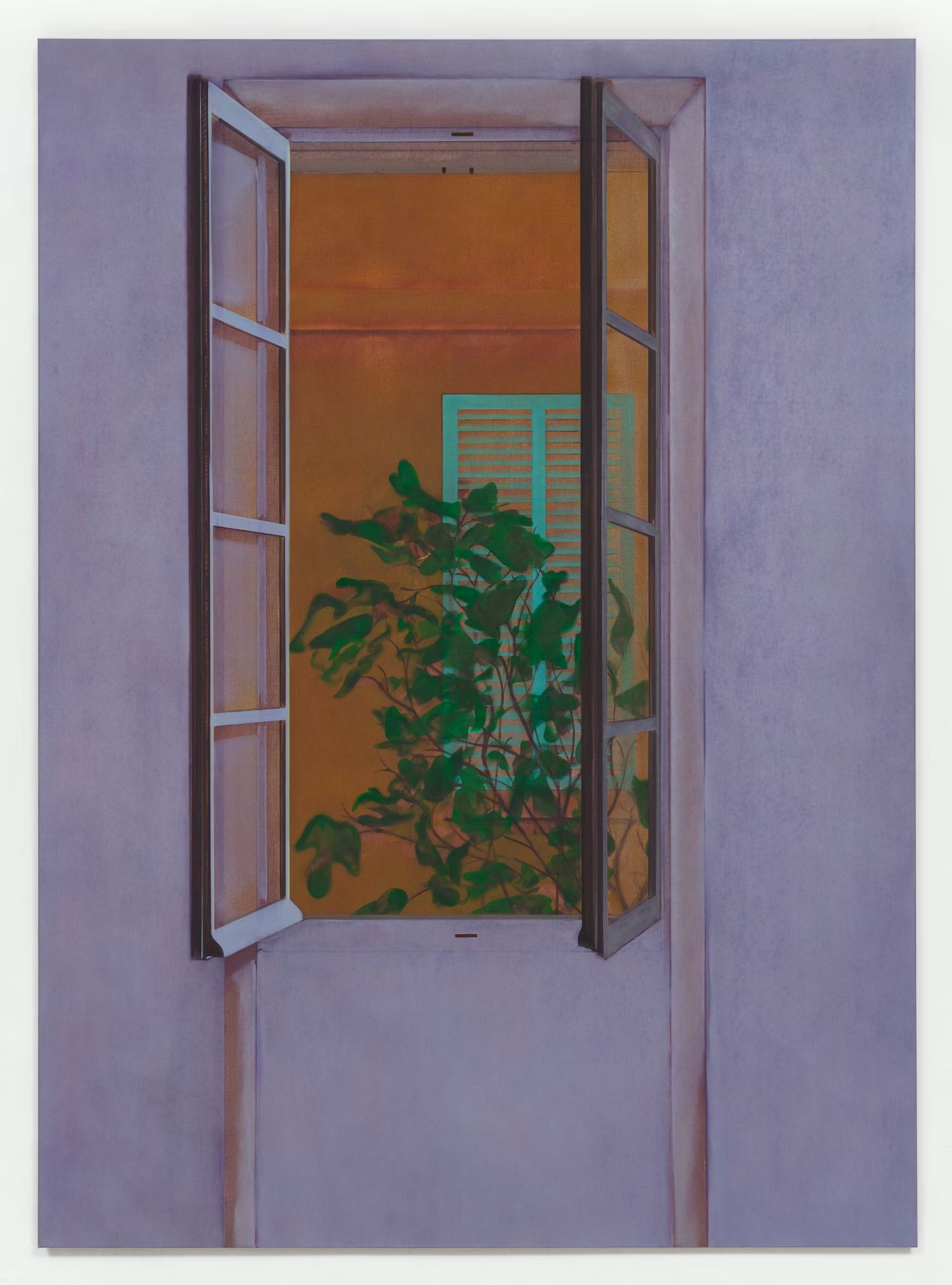
His creative process is dynamic and constantly evolving. He repeatedly reworks his images, adding and removing colors and elements. This process of transformation often leaves vestiges of earlier details, adding layers of narrative - ghosts - that allude to the complexity of the works' genesis.
Beyond their narrative depth, his paintings also serve as exercises in color and composition. He alternates between hard color schemes and delicate brushstrokes. Tonal relationships, whether complementary or contrasting, play an important role in defining the atmosphere of his works.
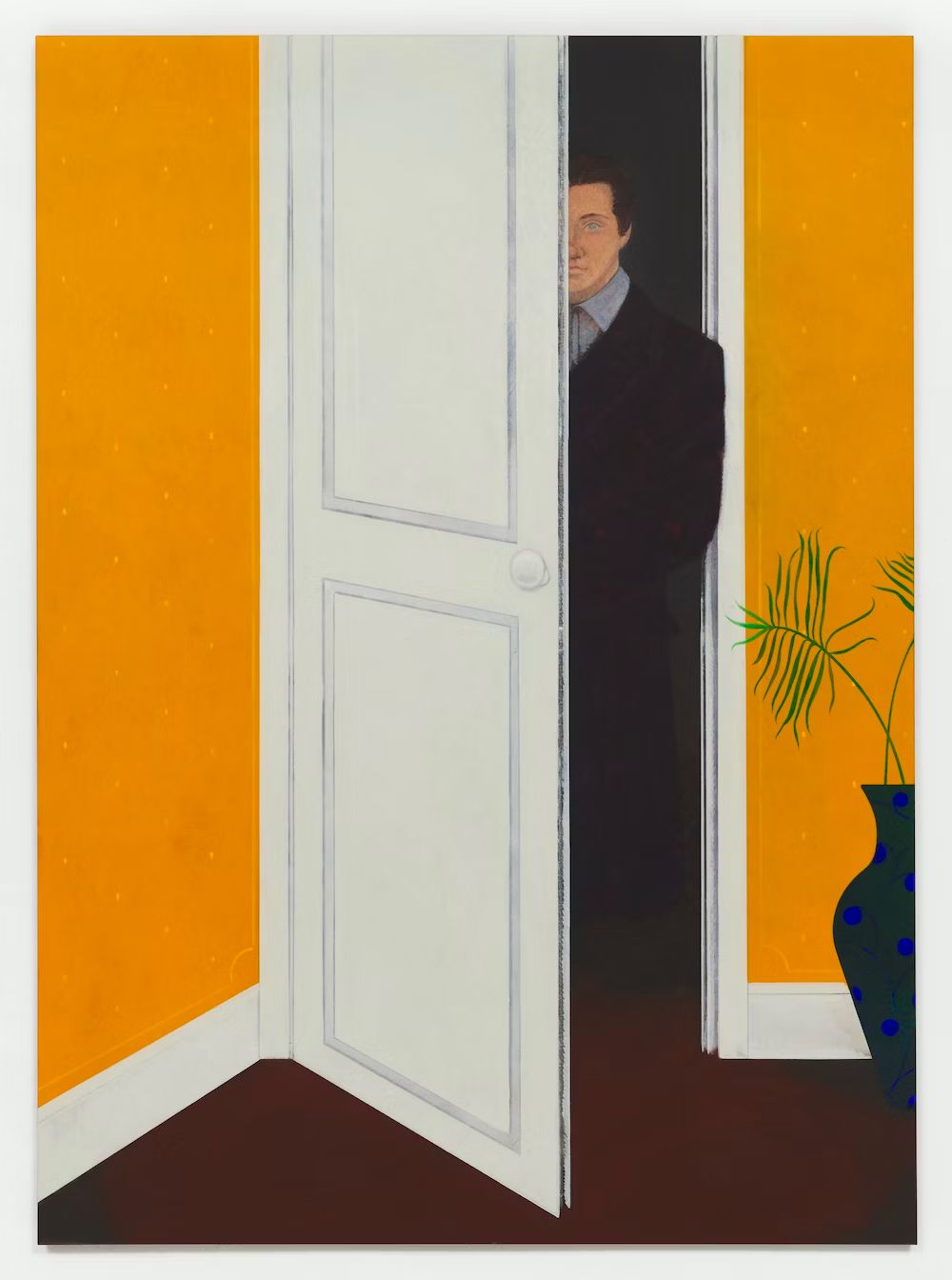
A fascinating aspect of Nitsche's practice is the dialectical interplay between past and present, historical and contemporary. While some works, like "Le Chant", refer directly to art history - "La Répétition de chant (1917)" by Edgar Degas - others, like "Rue de Rome", subtly allude to a bygone era.
At the same time, some works abound in latent symbolism, incorporating elements that allude to cultural meanings or virtues. Despite this, Nitsche's work remains a personal, autonomous expression of his experiences and interpretations, firmly rooted in the present.
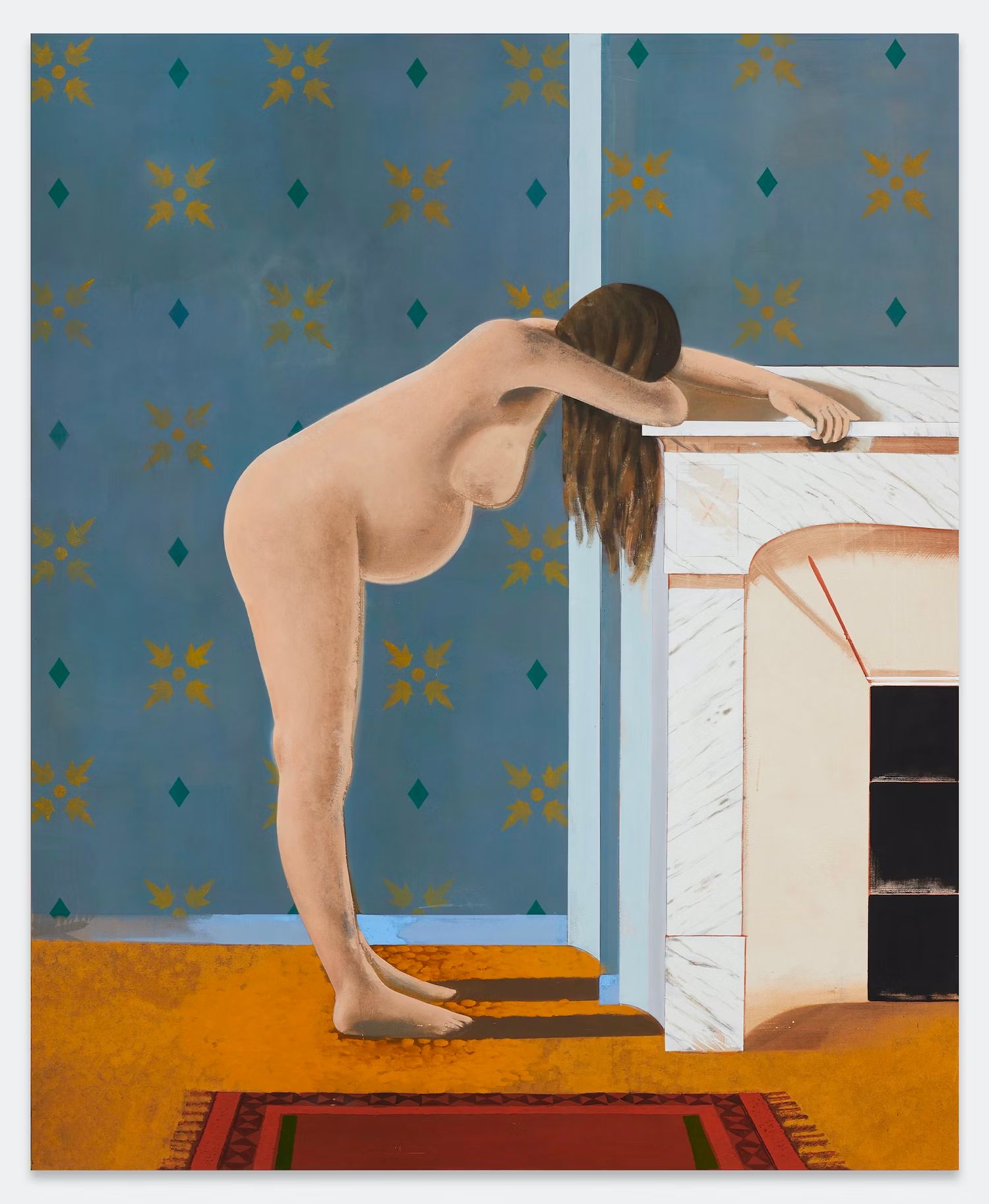
Constantin Nitsche's remarkable ability to transform visual reality into compositions that straddle the line between the real and the imaginary makes him a unique voice in contemporary art. Time and action seem frozen in his lyrical images of contemporary life.
By favoring idealism over likelihood and suggestion over specificity, he encourages viewers to use their imaginations : the final outcome of the scenes is not revealed, inviting contemplation and interpretation.
All pictures from the show "Oranges et Lavande" at Xavier Hufkens gallery.